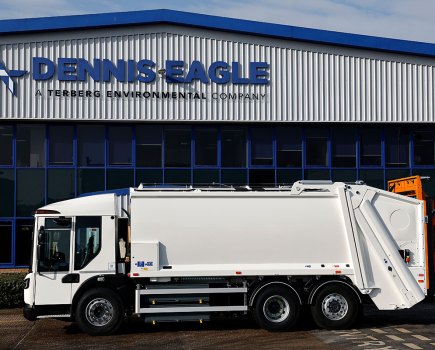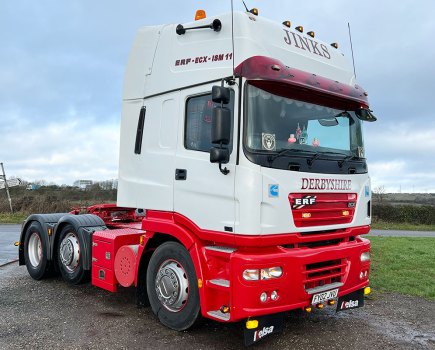Tackling the root causes of the skills gap
By Paul Holland, MD of UK Fuel, Keyfuels / FLEETCOR
If you have visited a supermarket over the past few months, you might have seen the unfamiliar sight of empty shelves as the ‘pingdemic’ hits logistics workers. Drivers who would be carrying out deliveries were being forced to self-isolate, which led to a threat of 3000 drivers striking over pay and conditions – only a small percentage of the UK’s 320,000 drivers, but enough to cause more disruption at an already difficult time.
The pandemic has made the problem far worse, but the lack of qualified truck drivers has been a major ongoing problem for the logistics industry, with the Logistics UK reporting the country could be short as many as 257,000 drivers by next year.
The industry’s demographic problem has been known about for decades. Only one per cent of drivers are under 25 and the average age is 48, largely as a result of the costs to train new drivers (around £5000) and insure them, particularly if they are young and inexperienced.
Experienced drivers are leaving the industry and aren’t being replaced. This could be for a number of reasons, including long hours, relatively low pay, low status – and is likely to be automated away within a few decades.
So what are some of the root causes for this? And more importantly, how can the industry respond?
The perfect storm
Two factors, playing out almost simultaneously, have made the industry’s demographic problems much worse: Brexit and Covid. The long-term consequences of Britain’s exit from the European Union (EU) are still playing out, but the most immediate impacts have been felt first by the logistics industry.
The increased difficulty in importing and exporting goods has led to traffic jams at ports, and the negative press around this could be another factor driving new applicants away from the profession.
However, even if these problems subside there will still be difficulties caused by Brexit that might be intractable. EU nationals account for 13 per cent of all LGV drivers in the UK, and although many will continue to live and work in the UK, some are likely to leave and it will be much more difficult to replace them.
The lockdowns due to Covid-19 resulted in training new drivers becoming more difficult, as many testing centres ceased operations during the pandemic, completely cutting off the already much diminished flow of new drivers in the industry – and rules have only recently been relaxed.
Although demand for logistics did slow down somewhat in 2020 due to decreased consumption and some customers of trucking firms shutting down, this slowdown was not enough to address the shortfall in drivers.
Today, consumption in Britain is ramping up. Supermarkets warned of a ‘summer of food shortages’, as a lack of drivers means 48 tonnes of fresh food is wasted every week. Essentially, this phase of the pandemic has created a perfect storm: less drivers than ever and increased demand for their services.
What can be done today?
There are jobs in which people are willing to work longer hours in more difficult conditions than truck drivers, but usually because they are well-compensated. The haulage industry’s margins are already very thin – typically 1-2 per cent – so increasing wages would be difficult unless savings could be made elsewhere.
For example, switching to alternative-fuelled vehicles is perhaps one solution, but it comes with a large initial cost that few companies are going to be able to pay after almost two years of reduced profits.
Additionally, fuel is a major expense for most operators. Some companies might have yard tanks or other on-site fuel solutions, thereby enabling buying fuel in bulk for significant savings – though there still needs to be a solution for when drivers need to fuel up on the road.
One way to save money on fuel might be to switch to a fuel card network. Choosing one with a large network of convenient refuelling sites across the UK allows drivers to refuel anywhere that is required. Combined with the experience to be able to keep offering a good service even in difficult economic conditions, businesses can rest assured they’ll pay less for an expense that could cost each vehicles hundreds each day, leading to cost savings that can be passed to drivers.
Understanding the market
What is key is understanding the market – and one way to achieve this is by partnering with service and fuel providers who possess the understanding and expertise on market developments. This will ultimately help you get the best rates for fuel that can easily eat up a company’s budget. It will also help you explore more options to help drive efficiencies up and costs down.
Combined with other efficiency savings, wages could start to reach the point where trucking is an industry people want to go into, leading to better working conditions as more drivers mean companies are no longer forced to do more with less, and ultimately a much healthier logistics industry.






